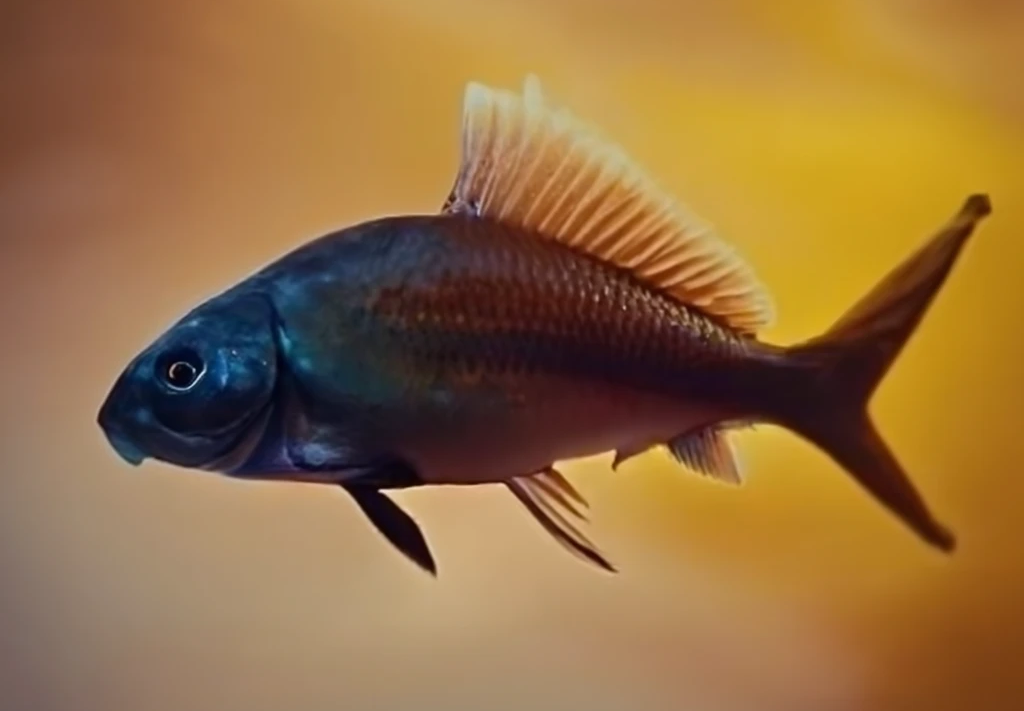 The agency released a long-awaited draft Environmental Assessment (EA) for San Juan County’s proposed right-of-way through and around the archaeologically rich area that has been a flashpoint in rural Utahns’ disaffection with federal land oversight.
The agency released a long-awaited draft Environmental Assessment (EA) for San Juan County’s proposed right-of-way through and around the archaeologically rich area that has been a flashpoint in rural Utahns’ disaffection with federal land oversight.
The document lays out six alternatives, ranging from granting the county’s 12-mile network of motorized rights-of-way to leaving in place a controversial order barring motorized travel in the canyon.
The BLM does not identify a preferred alternative, but whatever the agency decides, its call is sure to anger someone.
“I have resources that have to be managed and laws and policy that have to be followed. I don’t think it will bring satisfaction to everyone,” said Don Hoffheins, the BLM’s Monticello field office manager, who inherited the unenviable task of processing the right-of-way application when he assumed his post three years ago.
The resources in question are the plethora of artifacts left by ancient American Indians who inhabited the canyon more than 800 years ago, as well as riparian and wildlife habitat.
A public comment period is open for the next 45 days and the BLM will use this input to stitch together a final decision, likely taking elements from multiple alternatives.
The seeds of the controversy were planted a decade ago when local ATV enthusiasts cut a trail along several miles of canyon bottom south of Recapture Dam, just a few miles east of Blanding. Trail construction crossed numerous cists, middens, hearths and other ancient remnants of the Anasazi occupation, which are barely visible on the ground yet highly susceptible to damage.
In response to complaints from wilderness advocates, the BLM closed the canyon to motorized use in 2007 and prosecuted two local men for cutting the trail. They pleaded guilty and the community helped cover their $35,000 fine.
While environmentalists are pleased an EA is finally out, they say granting a motorized right-of-way, at least along the canyon bottom, would reward those who illegally constructed the route.
“We would also hope the BLM not grant a right-of-way for motorized recreation. That is not a necessary transportation under Title V,” the federal statute San Juan is citing for its application. “That would be a terrible precedent. BLM has full authority to designate an ATV trail in partnership with the county without a right-of-way,” said Rose Chilcoat, a longtime activist with Great Old Broads for Wilderness. “Our public lands need to serve multiple users. Close to Blanding many places provide motorized use. Very few provide quiet use such as can be found in the heart of Recapture Canyon.”
Despite this canyon’s easy accessibility, scenery and rich archaeology, it sees little use. Access points are not signed and public agencies do little to promote it. The BLM estimated monthly visitation numbers as between 13 and 90, depending on the season.
By contrast, Kanarraville, another non-motorized BLM canyon near Cedar City, averages more than 3,000 visits a month.
Many Blanding locals feel the BLM has ignored their interests and believe they have a right to drive the canyon. BLM’s delay in processing the county’s right-of-way application prompted San Juan County Commissioner Phil Lyman to organize aprotest ride in May 2014 in which BLM says 32 riders drove down the illegally built trail before exiting Recapture at Browns Canyon, damaging eight archaeological sites.
Although Lyman confined his ride to an existing road, the protest earned the commissioner a conviction on federal trespassing and conspiracy charges, a 10-day jail sentence and a $96,000 restitution order. His conviction is under appeal.
* * * * * *
RANGE / RANGEFIRE — Addressing Issues Facing the West / Spreading America’s Cowboy Spirit Beyond the Outback


